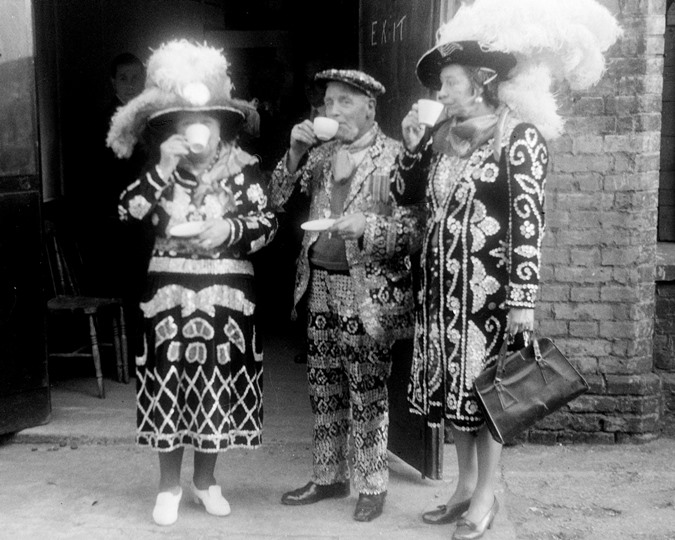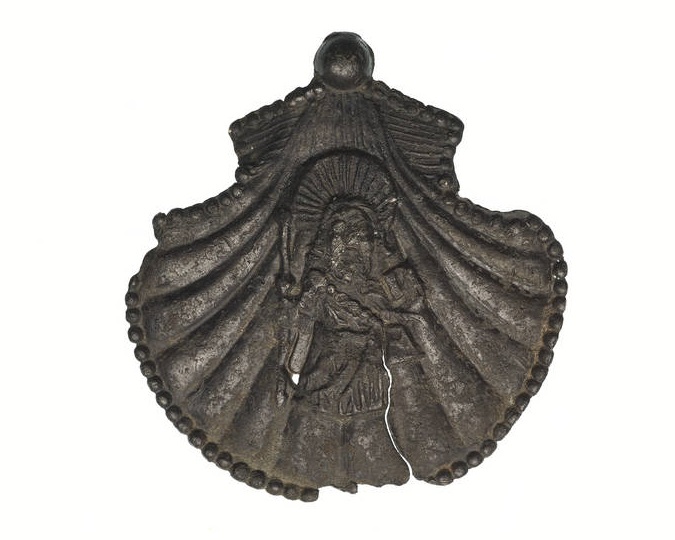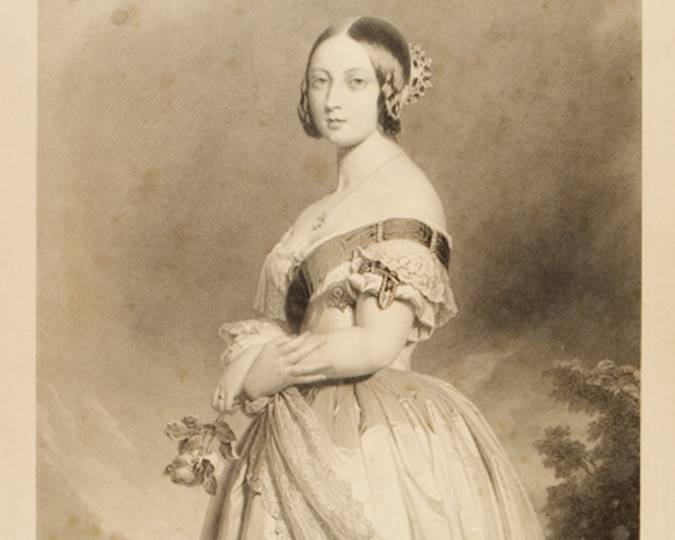Curator Jackie Keily highlights a few of her favourite artefacts that were displayed in Tunnel: The Archaeology of Crossrail.
The Tunnel: the Archaeology of Crossrail exhibition closed in September 2017.

Archaeologists excavate a prehistoric site at North Woolwich
Dozens of excavations from along the length of the Elizabeth line provided the material for the Tunnel exhibition.
When you are planning an exhibition people often ask what the star objects will be: what are the treasures? With this exhibition there were few things that you could single out in terms of beauty or value, no jewels, not much gold. But for me, all the objects on display are treasures because they tell the stories of the Londoners who used them. This is what makes archaeology special, and the Museum of London special too.
In the Tunnel exhibition we put on display objects that were lost or discarded, buried or placed, by Londoners over thousands of years and which were only brought together because they were found along the route of the Elizabeth Line. So we have many different objects (and even some people) from many different time periods. I love them all for the stories they tell. I love them for their ordinariness, because they reflect the ordinary people who owned and used them, often people just like us.
Fragments of London's prehistory

Artist's impression of Mesolithic hunter-gatherers
This group of flint flakes represents an amazing snap-shot in time. Someone stops near the river Thames around 8,000 years ago, in the Mesolithic period, and starts to make a flint tool, probably an adze. After a while they get up and move on, taking the part-made tool with them, but leaving behind their rubbish. Over thousands of years layers of earth accumulate over this rubbish, until it is discovered by the archaeologists working on the Crossrail project at North Woolwich. I love this unexpected side of archaeology: the idea that you are seeing a moment in time preserved beneath the earth, to be discovered 8,000 years later.
The Liverpool Street mouse
This tiny little jaw bone belonged to a house mouse that lived in the Liverpool Street area of London sometime in the 15th or 16th century. It is so small – just under 1 cm in length and yet all the teeth are still in situ! What I love about this is that it shows the care and attention that the archaeologists take in recovering and recording the things they find. It also reminds us that they find lots of environmental material – animal, fish and bird bones, insect remains, nuts, seeds and plant debris. All of these can tell us about what Londoners ate in the past and what the London environment was like through time, mice and all.
Saved from a cesspit
I think this is probably most people’s favourite object from the exhibition! It is a chamberpot and would have been used for going to the toilet in at a time when there were no indoor bathrooms. It shows a man with a horrified expression and with his hair standing on end. Around him is the statement: ‘Oh what I see I will not tell’. It was found during the excavations at Stepney Green. It is now in pieces but would originally have had two handles and there are witty texts decorating the outside as well. The latter are now incomplete but one of them ends: ‘…when you in it want to p-s/ Remember they who gave you this’. It is made of Sunderland lusterware pottery. The chamberpot was found with other fragmentary pots and tobacco pipes, quite appropriately in a cesspit, a pit which was used for toilet and other waste. The rubbish seems to have been thrown in there sometime after 1850.
A link to London's shipbuilding past

Thames ironworks, 1907-09
Ship hulls visible under construction in the background. ID no. IN269
Each link of this iron chain is 210mm in length, making it the largest object that we put into the exhibition. It created quite a challenge for our conservators. The corroding iron needs a lot of care and attention, particularly to ensure that the case in which it was going to be displayed was kept at a constant temperature and humidity. In the exhibition you may have seen that in some cases there are small white monitors. These are displaying the temperature and humidity and help our conservators to keep an eye on how the environment in the case is.
I really wanted this object in the exhibition, partly because of its size, but also because of its association with the Thames Ironworks and Shipbuilding Company by Leamouth to the east of London. The chain was found by a slipway from where ships built by the Ironworks were launched. Chains like this would have been used to slow down the ships’ progress as they went down the slip and into the water.
It was here at the Ironworks, during just such a launch that one of the worst peacetime tragedies on the river Thames occurred. During the launch of the HMS Albion in 1898, a large wave washed back onto the shore, drowning 38 people. Astonishingly, the disaster was captured on film, and can be watched online.
Well, that was a few of my favourite objects from the Tunnel. It’s been very difficult to choose – in fact I couldn’t decide on my favourite Roman one as I love them all and they could be a whole separate article. If you visited the Tunnel exhibition, please do share what you've must enjoyed from it, as I'd love to know!
The Tunnel: the Archaeology of Crossrail exhibition closed in September 2017.















